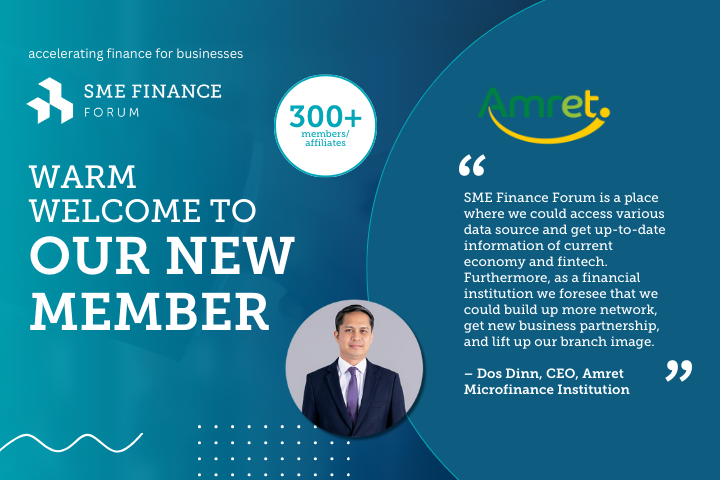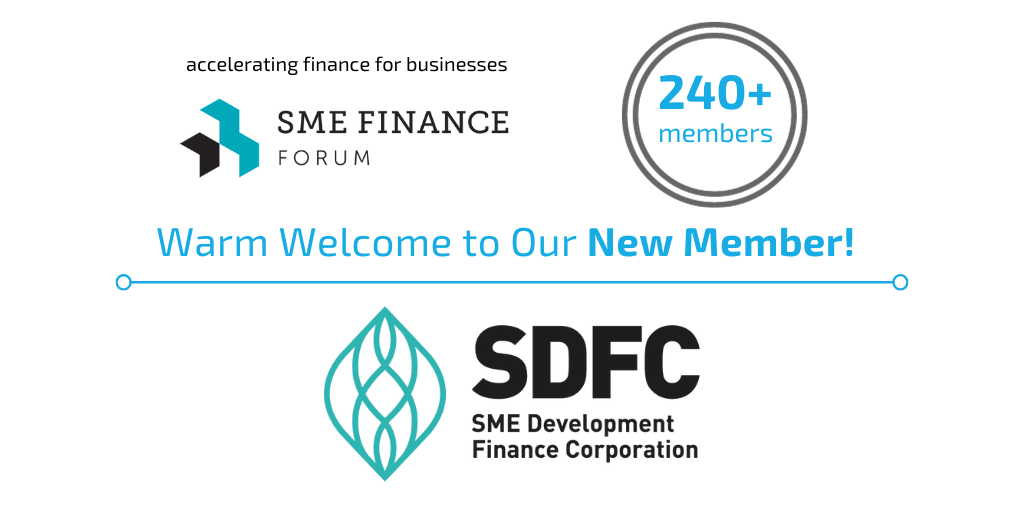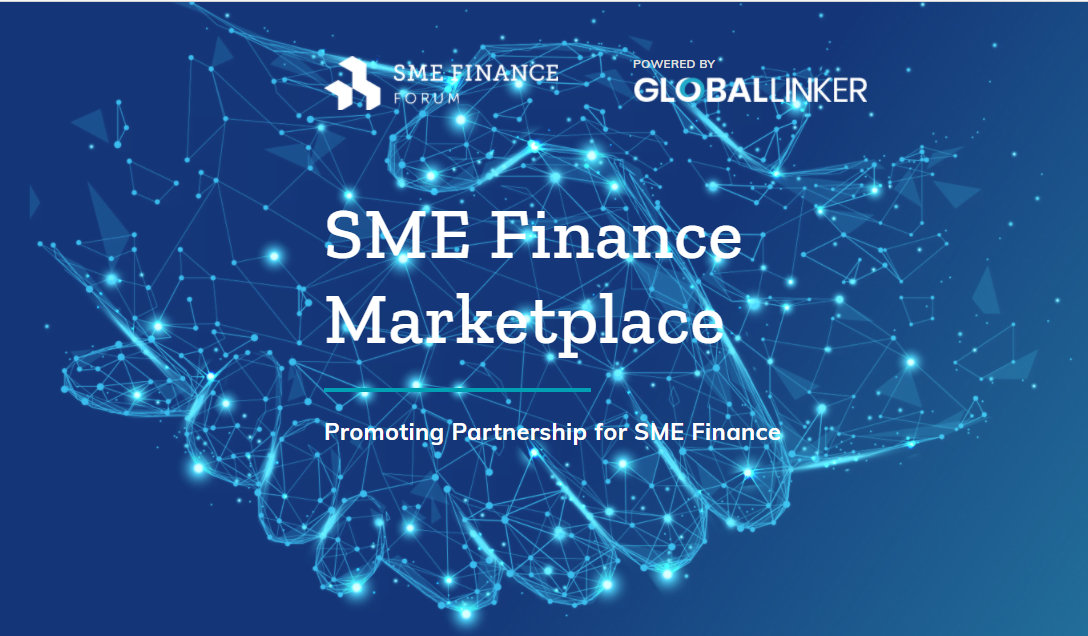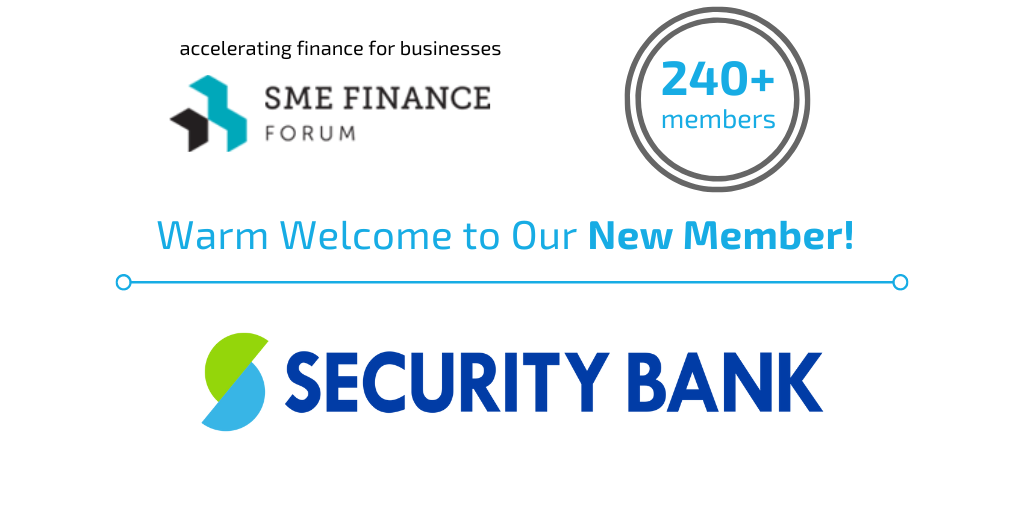The enormous gap between the supply and demand of formal credit for smallholder farmers has been well documented. Among the varied causes of this mismatch is the extreme lack of information on potential borrowers that’s available to lenders. This lack of information with which to accurately assess creditworthiness creates risks for financial institutions and limits their willingness to lend. In rural and smallholder environments, data on potential borrowers is even thinner and the risk aversion of financial institutions in these contexts is even higher, resulting in low levels of financial inclusion.
Two recent innovations, however, have the potential to dramatically reduce these information challenges and the associated lending risks, which could in turn help to open up pools of capital for previously underserved populations:
- The ability to collect and collate new data sources (“alternative data”), both digital and non-digital
- The ability to analyze and apply this data through new methodologies (“data science”)
As we at the Initiative for Smallholder Finance explore in our latest briefing note, “The Rise of the Data Scientist: How big data and data science are changing smallholder finance,” innovative lenders are starting to use these new data sources and analytics to assess the creditworthiness of borrowers.










